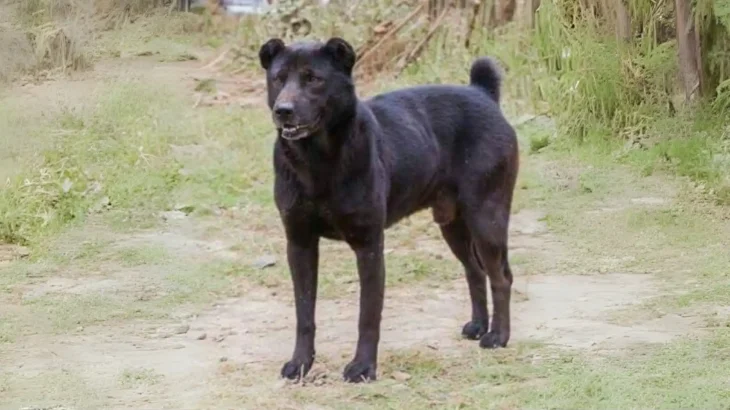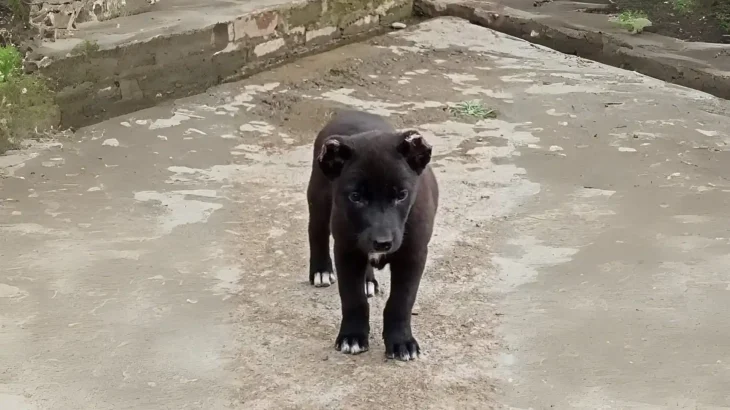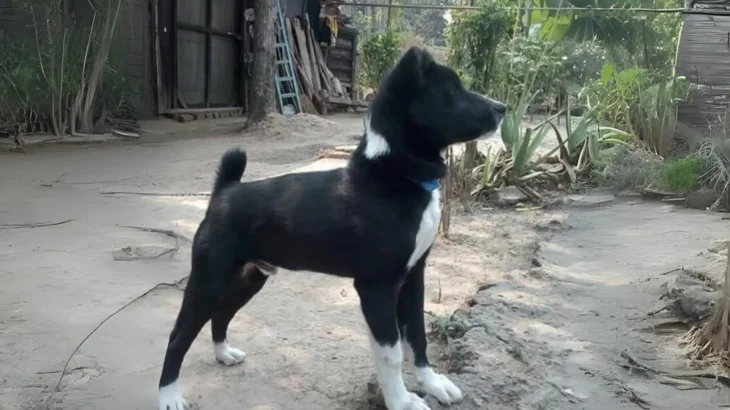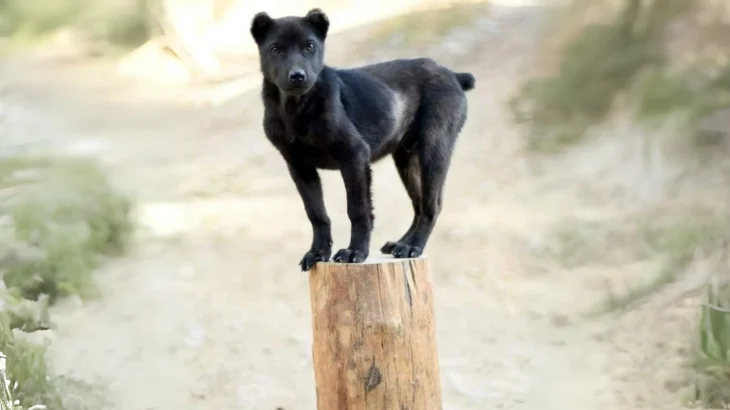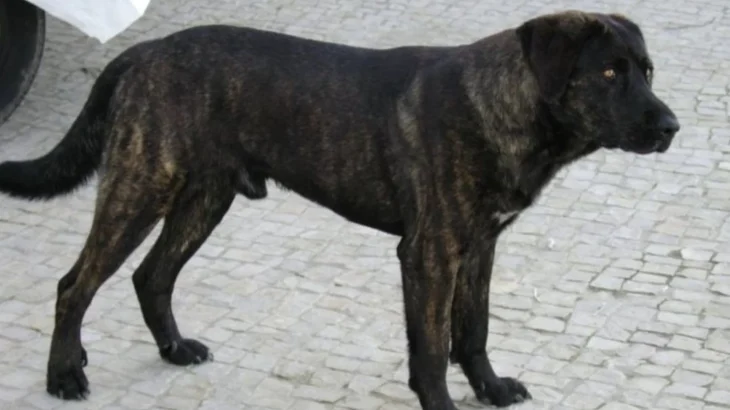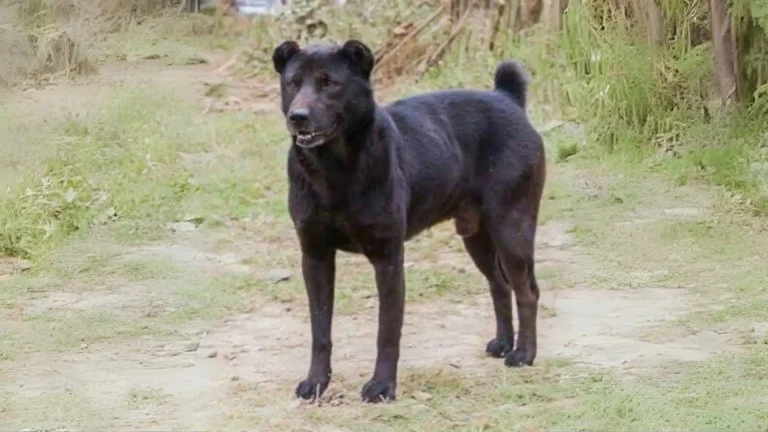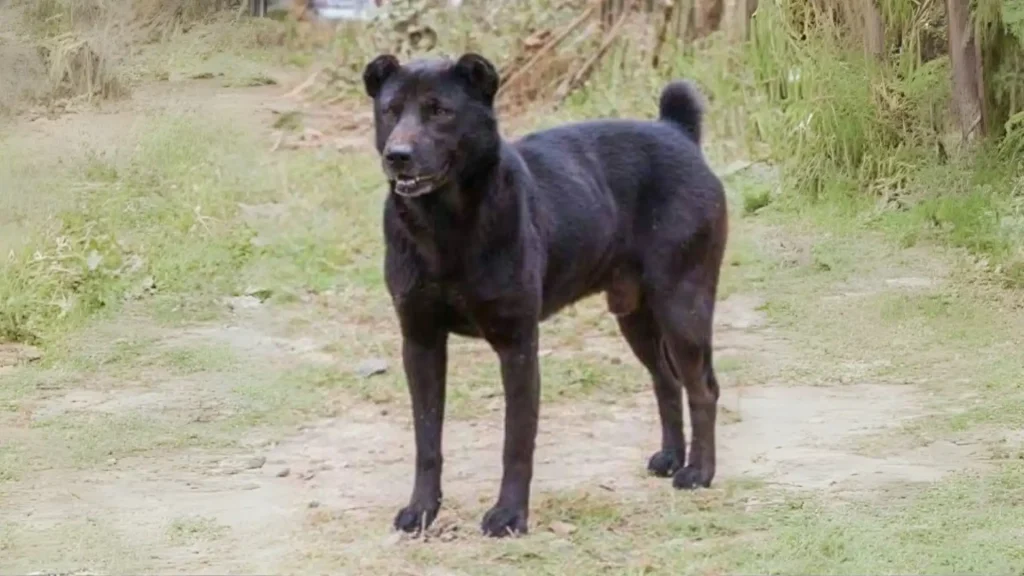When deciding to bring a Tangkhul Hui puppy into your home, you can either buy from breeders who primarily operate in Manipur or adopt from local rescue efforts focused on preserving the breed. Buying tends to offer more insight into the puppy's lineage and health, while adoption supports conservation and gives a needy dog a home.
Here is a comparison of adoption versus buying from a breeder:
| Criteria | Buying from Breeder | Adopting from Shelter/Rescue |
|---|---|---|
| Cost | Higher, around INR 7,000 to 20,000 plus transport fees depending on location. | Lower or no cost, often subsidized by rescue groups focused on breed preservation. |
| Health History | Some breeders provide health info but genetic screening is limited. | Health info may be less complete, though rescues assess and treat dogs before adoption. |
| Age Availability | Usually puppies; allows early socialization and training. | Varies: puppies or older dogs needing homes. |
| Temperament Insight | Breeders may share lineage traits; data limited. | Rescue staff offer real-time behavior insight. |
| Supporting Practices | Supports local breeders focused on breed propagation. | Supports efforts to prevent extinction and rehome at-risk dogs. |
| Breed Purity & Pedigree | More likely to have purebred Tangkhul Hui documented. | Purity may be less confirmed but contributes to breed survival. |

